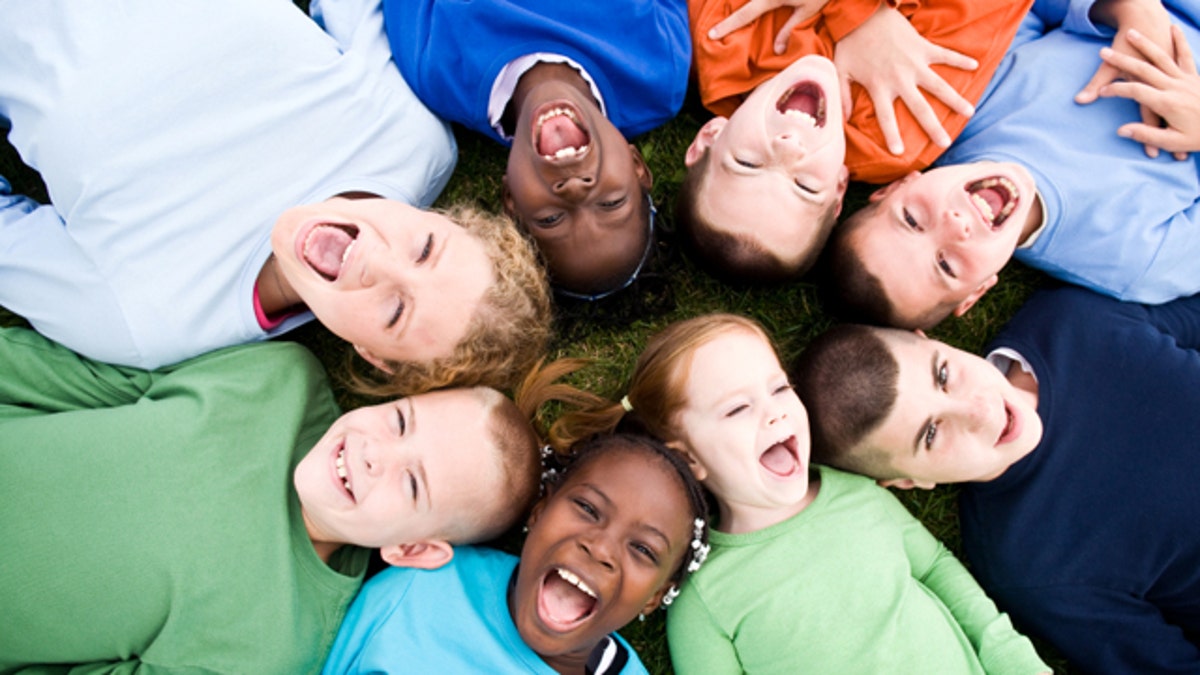
Sports medicine experts say physical activity guidelines for kids should address the best types of exercise, not just the duration.
Most guidelines - including those of the World Health Organization and U.S. Department of Health and Human Services - recommend that kids and teens get 60 minutes each day of moderate to vigorous exercise. Many don’t specify what kind, but imply that aerobics should be the focus, with additional "strength training” three times per week.
The current emphasis on exercise quantity limits considerations of quality, the authors write in a review article in the British Journal of Sports Medicine.
“These data were developed in the 1950s primarily for adults,” said lead author Dr. Gregory D. Myer of the Division of Sports Medicine at Cincinnati Children’s Hospital Medical Center.
An hour of aerobic exercise may promote aerobic fitness and muscle strength, but not necessarily motor skill development, socialization or having fun, the authors write.
“Kids don’t ask to go run two miles, they don’t enjoy it,” Myer told Reuters Health.
The preadolescent period is the time when developing brains can best learn and reinforce motor skill control, which will make physical fitness more sustainable later in life, the authors write.
“It can be done in adults as well, motor skills and strengthening, but it’s going to be harder,” Myer said.
He and his coauthors describe developmental exercise programming called Integrative Neuromuscular Training (INT), which they say challenges and stimulates the child’s mind and body and may make them more likely to play sports or stay fit through adolescence.
The program, which the authors developed in 2011 to reduce sports-related injuries, focuses on short bursts of purposeful activity interspersed with periods of rest.
INT includes resistance training, dynamic stability, core focused strength development, plyometrics and agility exercises adapted to specific age groups and developmental levels. The best time to start is before age 10-12 for girls and 12-14 for boys, according to the researchers.
One INT program, for example, is meant to be performed for 15 minutes twice a week at the start of gym class for second graders. It incorporates body weight exercises with punch balloons and focuses on enhancing muscular strength, muscular power and fundamental movement.
School gym classes or diverse youth sports programs would be the best setting for these regular structured activities, the authors write.
Physical education teachers already have the skills to promote motor skills activities in school, but their jobs are too often cut, Myer said.
“I do agree with the authors that the lopsided focus on quantity (60 minutes a day) is not enough to enhance children’s activity level and physical fitness,” said Dr. Urs Eiholzer, head of the PEZZ Center for Pediatric Endocrinology Zurich in Switzerland.
He was unfamiliar with the INT program the authors described, but the approach seems to be right, Eiholzer told Reuters Health by email.
“The field is so focused on how much physical activity that the quality of this physical activity is rarely looked at,” said Dr. Lisa Barnett of the School of Health and Social Development at Deakin University Australia in Melbourne.
“What this means is that teachers can interpret the activity guidelines and know they need to get the children active, and this might translate to them getting children to run around the oval a few times,” Barnett told Reuters Health by email.
More and more research is linking cognitive, motor skill and physical outcomes for kids, she said.
“Regular physical activity is crucial for children,” Eiholzer said. “It benefits perception, language, emotional skills, social behavior, in short intellectual development. Children with good motor skills can move around with greater precision, reducing the risk of accidents and developing sporting potential.”
“We used to do very gymnastic movements, somersaults, pushups,” but now some high schools don’t even require physical education classes, Myer said. Some schools are so afraid of an injury claim, one has even banned running at recess, he said.
Inadequate physical activity during preteen and teen years negatively impacts learning and brain development, he added.
“If you get them active for a little while they are going to be better learners,” Myer said.








































